Drone Quadcopter CFD | A Fluent Sliding Mesh Tutorial for UAV Aerodynamics
Drone Quadcopter CFD | A Fluent Sliding Mesh Tutorial for UAV Aerodynamics
- Upon ordering this product, you will be provided with a geometry file, a mesh file, and an in-depth Training Video that offers a step-by-step training on the simulation process.
- For any more inquiries regarding the product, please do not hesitate to reach out to us at info@CFDLAND.com or through our online support assistant.
€185 Original price was: €185.€135Current price is: €135.
Introduction to Drone and Quadcopter Aerodynamics
A Drone Quadcopter is a type of Unmanned Aerial Vehicle (UAV) that uses four spinning propellers to fly. These propellers create the lift and thrust needed for takeoff, hovering, and movement. Understanding the complex airflow around these rotating blades is very important for designing drones that are more stable, efficient, and can fly for longer. A Drone Quadcopter CFD simulation is the best tool for this job, as it allows engineers to see and analyze these invisible aerodynamic forces.
The goal of this project is to perform a detailed UAV Fluent simulation of a quadcopter. We will study the airflow patterns, the interactions between the four rotors, and the wake that forms behind the drone. This analysis provides the critical information needed to improve the overall design and performance of the drone.
Figure 1: A rendered image of 4-bladed Drone Quadcopter CFD simulation.
Simulation Process | CFD Modeling of Drone Flight with Sliding Mesh
To accurately simulate a Drone Fluent model, a special setup is required. First, the 3D geometry of the quadcopter was prepared. The model includes the drone’s frame and its four propellers. To handle the rotation, each propeller was placed inside its own cylindrical “rotating zone.” These rotating zones are then placed within a large, stationary domain that represents the surrounding air. Next, a high-quality mesh was generated, with very fine cells around the propeller blades to capture flow details accurately.
The physics were then set up in ANSYS Fluent. The key to this simulation is the Sliding Mesh technique. Because the propellers are moving, the simulation must be transient, meaning it solves the flow over time. The Sliding Mesh feature allows the rotating zones to spin, while the software correctly calculates how the air flows across the moving interface between the rotating and stationary mesh zones. This method is essential for any Quadcopter CFD simulation because it is the only way to accurately capture the effects of the spinning propellers.

Figure 2: Geometry created for CFD modeling of the Drone quadcopter in ANSYS Fluent
Post-processing | CFD Analysis – From Downwash and Thrust to Vortex Interaction
A detailed analysis of the results gives us a complete understanding of how the quadcopter flies. The velocity contour in Figure 1 shows the flow field created by the propellers. We can clearly see high-velocity zones (shown in red) at the tips of the blades, where the speed is highest. More importantly, we can see four strong columns of air being pushed downwards below the drone. This is called the downwash, and it is the direct source of the thrust that lifts the drone into the air. The simulation shows this downwash reaches a speed of approximately 50 m/s right below the rotors. This confirms the simulation is correctly capturing the fundamental principle of lift generation.
Figure 3: Velocity contours showing the high-speed propeller tips and downwash flow in a Drone Quadcopter CFD simulation.
Furthermore, the vorticity contour in Figure 2 reveals the complex and challenging side of Drone Aerodynamics. Vorticity shows where the fluid is spinning locally. We can see very strong vortices, or small whirlpools of air, being created at the tips of every propeller blade. The intensity of this rotation reaches a peak of 50 s⁻¹ in these tip vortices. These vortices are an unavoidable byproduct of generating lift. They create a highly turbulent wake behind the drone and are the primary source of aerodynamic noise. Most importantly, the vortices from one propeller can crash into the airflow of a neighboring propeller. This Rotor-Rotor Interaction can cause unsteady forces, vibrations, and a loss of efficiency. By using Drone CFD, engineers can visualize and understand this negative interaction and then optimize the spacing and rotation direction of the propellers to build a more stable and efficient UAV.
Figure 4: Vorticity field highlighting the strong tip vortices created by the rotating blades of the Quadcopter Fluent model.
We pride ourselves on presenting unique products at CFDLAND. We stand out for our scientific rigor and validity. Our products are not based on guesswork or theoretical assumptions like many others. Instead, most of our products are validated using experimental or numerical data from valued scientific journals. Even if direct validation isn’t possible, we build our models and assumptions on the latest research, typically using reference articles to approximate reality.
Yes, we’ll be here . If you have trouble loading files, having technical problems, or have any questions about how to use our products, our technical support team is here to help.
You can load geometry and mesh files, as well as case and data files, using any version of ANSYS Fluent.
€195 Original price was: €195.€155Current price is: €155.

€235 Original price was: €235.€155Current price is: €155.

€280 Original price was: €280.€199Current price is: €199.

€150 Original price was: €150.€115Current price is: €115.

€240 Original price was: €240.€135Current price is: €135.


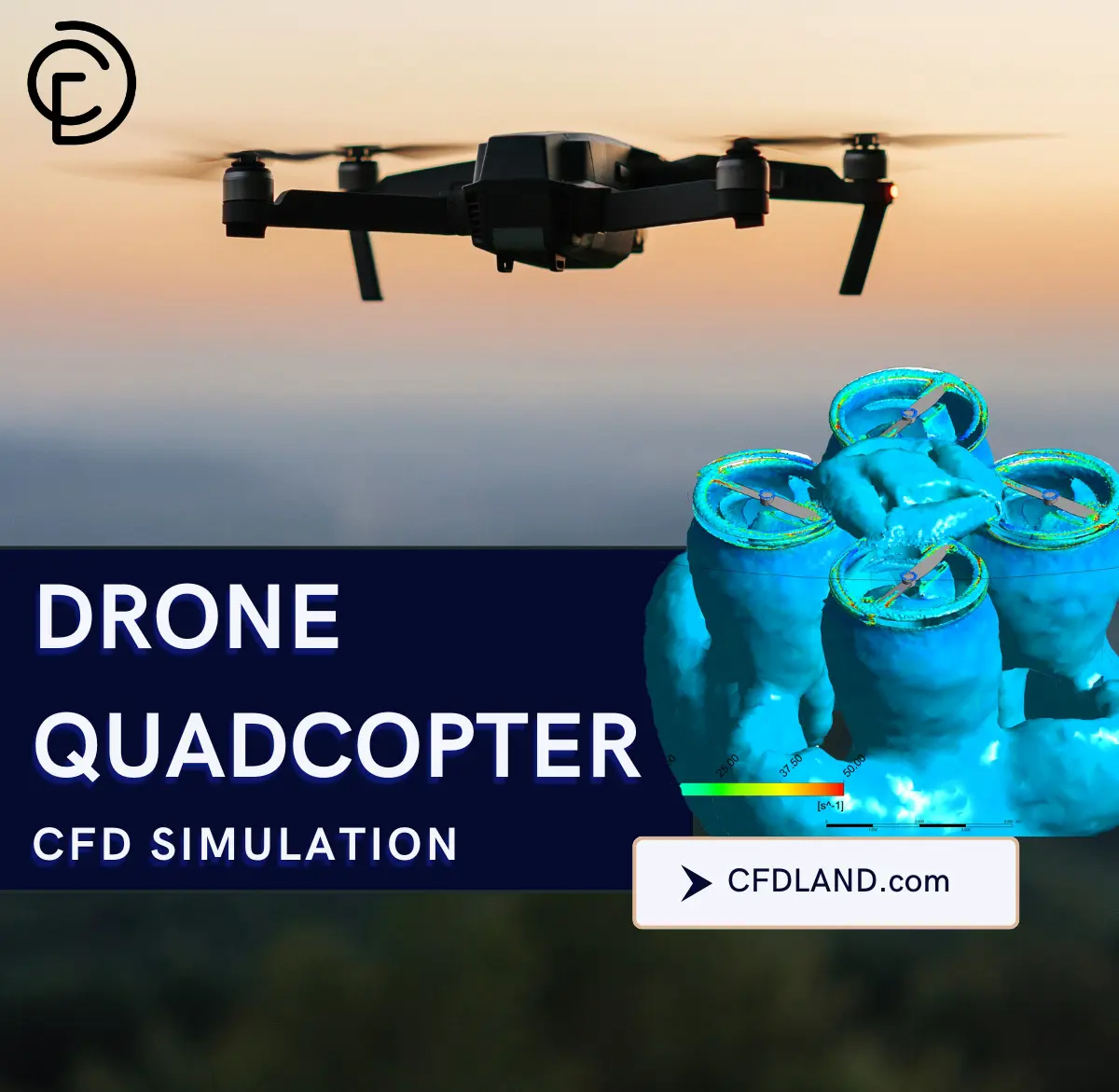



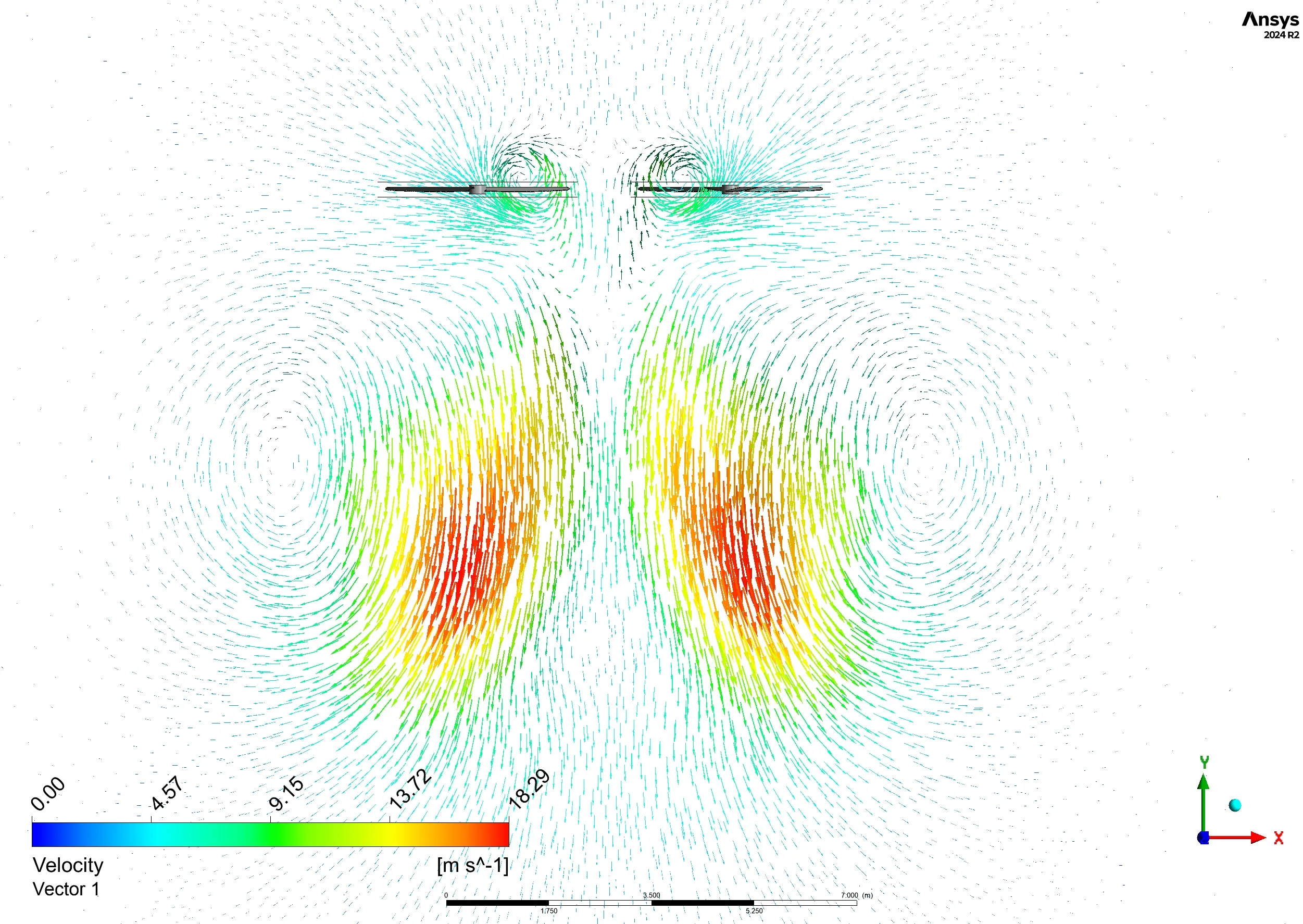











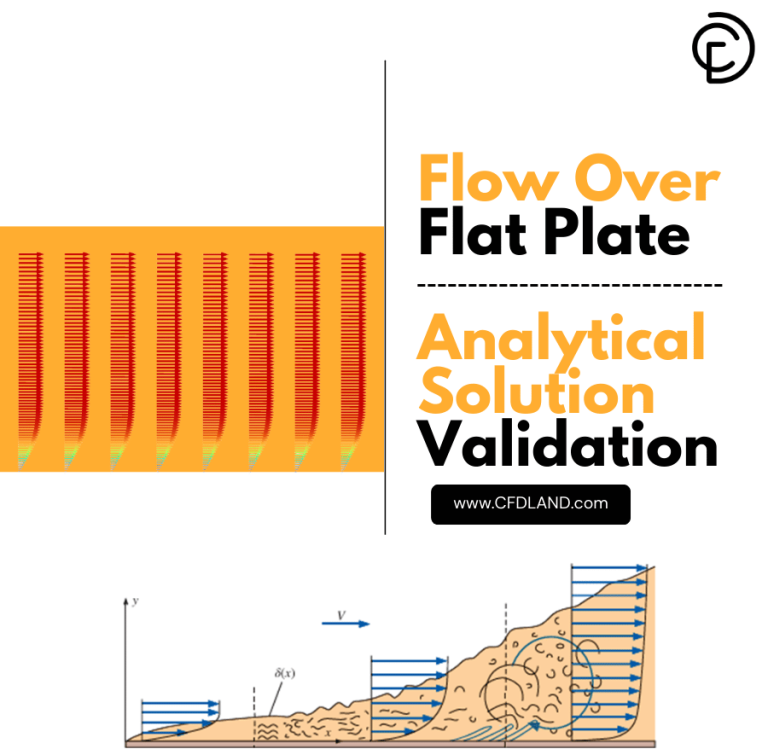


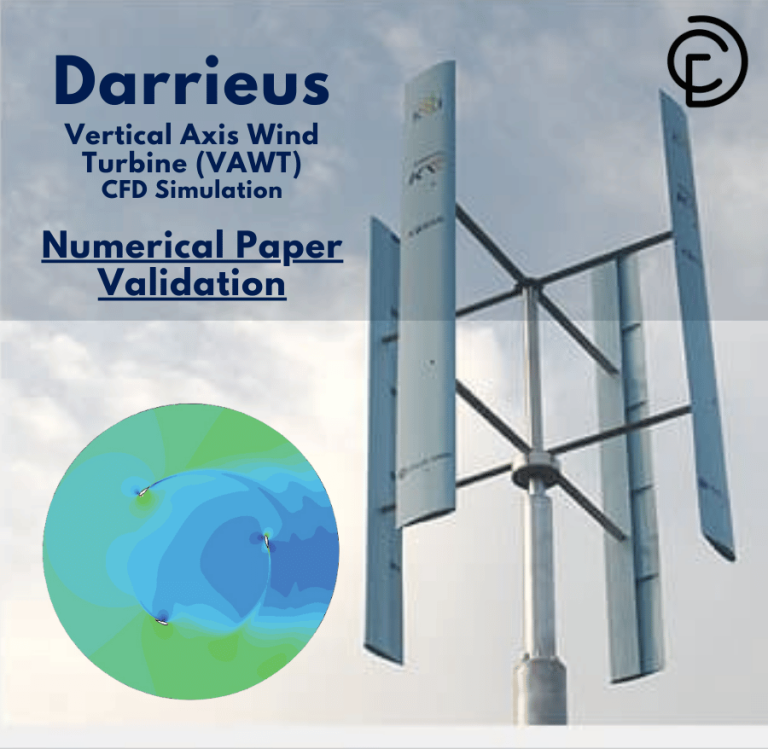
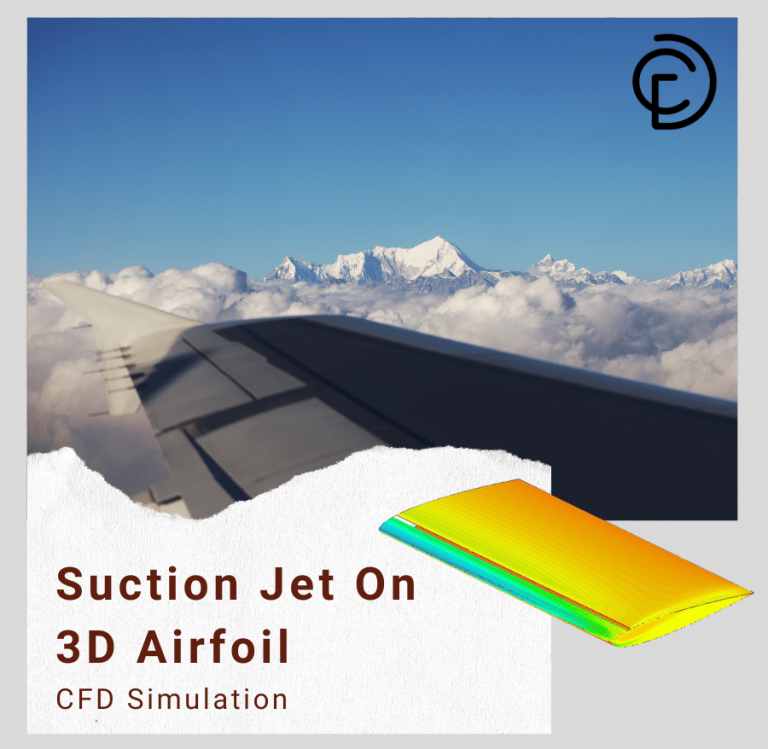

Reviews
There are no reviews yet.